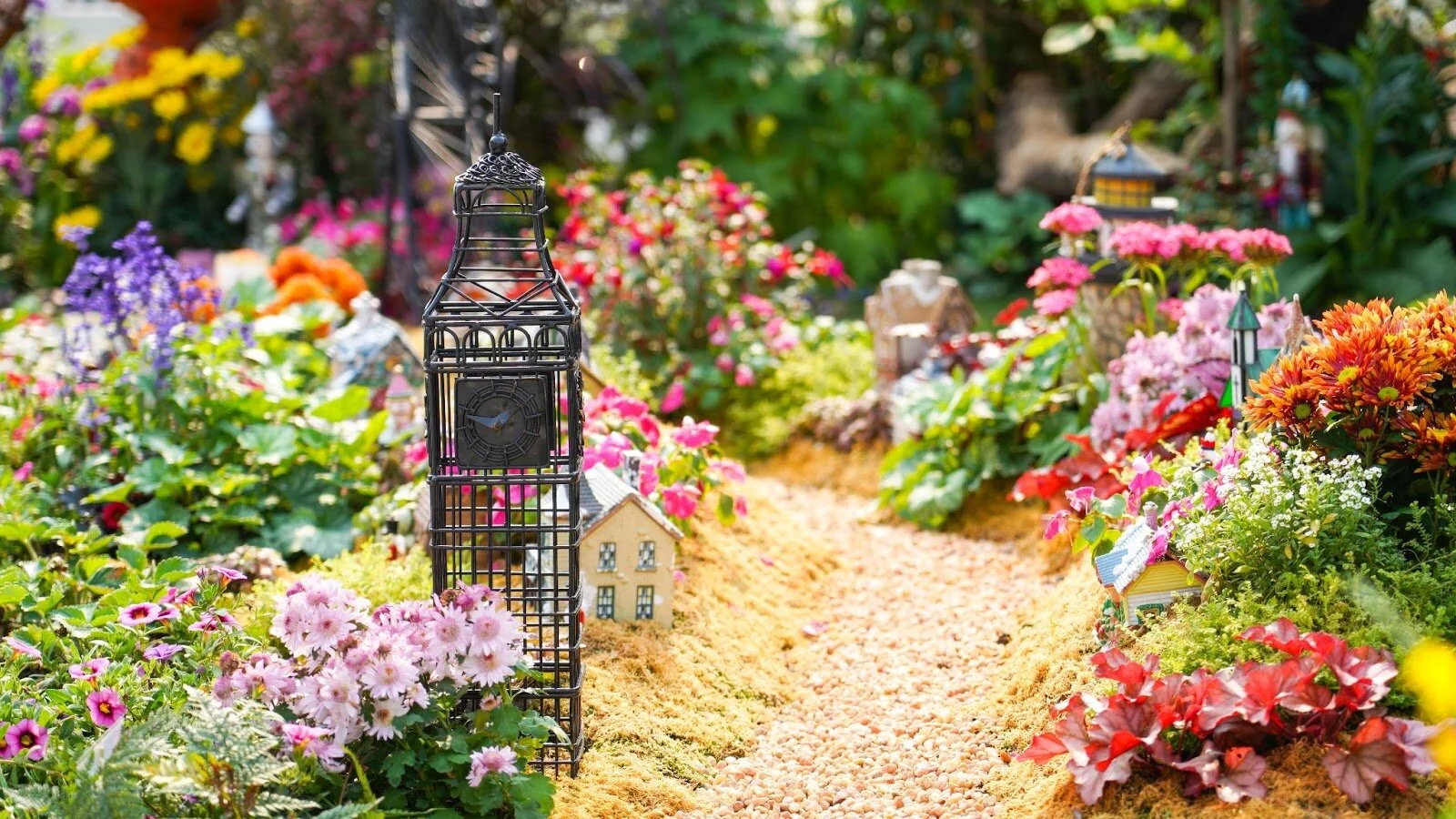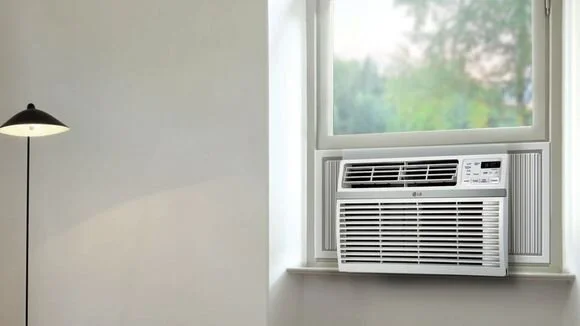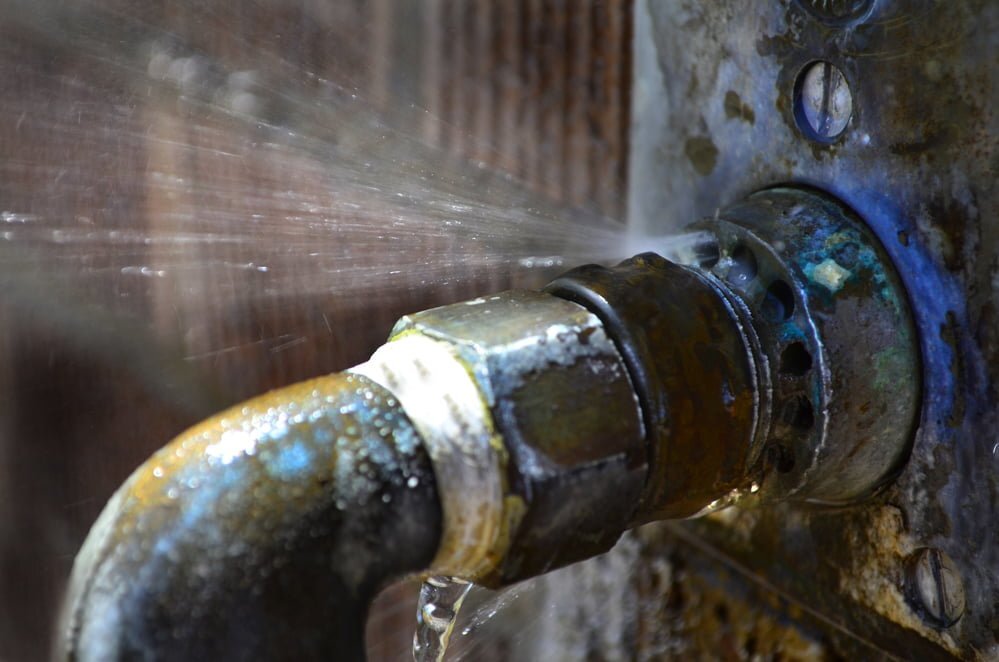A contamination-free kitchen enhances the value of the house and improves the hygiene standards. However, for inadequate cleaning, the kitchen can become the breeding ground for pesky creatures. And, without removing the clutter from this area, it’s impossible to prevent a pest invasion.
Most of the harmful pests break into residential places in search of food resources. Once they start an infestation, they can cause severe property damage. As a result, you have to spend a large amount of money on repair expenses.
Creatures like cockroaches or house rats are carriers of life-threatening diseases. Thus, every homeowner should emphasise cleaning every nook and corner of the kitchen. There are hefty cleaning solutions that can make the kitchen sparkling clean.
Many homeowners tend to think that kitchen cleaning requires a considerable amount of time or effort. For this reason, they ended up hiring cleaning professionals. But, you can also do the cleaning jobs without taking professional's help. All you need is the required tools and products. But, before implementing any cleaning techniques or chemical products, consult with an expert.
Are you struggling to remove the stains from the kitchen wall or not getting satisfactory hygiene results? Then, consider following these kitchen hygiene rules to protect your family members from harmful allergens.
1. Cook Foods in the Right Temperature
Proper cooking temperature ensures that the food is safe and healthy. You might have preserved the food in a contaminated place. But, you can still prevent bacteria by cooking those food items at a high temperature.
Always consider preparing the foods like fish, chicken or eggs to a safe minimum internal temperature. For instance, if you plan to make any ham-related dishes, the cooking temperature should be 140-degree Fahrenheit.
For the egg or meat dishes, these temperatures should be below 170-degree Fahrenheit. And, if these foods are undercooked, it increases the chances of food poisoning. So, before initiating the cooking process, make sure to check its required temperature. It's the best possible way to ensure the cooked food is safe to consume.
2. Keep the Cooking Essentials Clean
Did you recently shift to a new apartment? Then, you must have added the necessary cooking appliances in the kitchen. Cooking essentials like microwave, pressure cooker or mixer grinder are must-have kitchen elements. But over time, due to dust accumulation, these electronic devices become dysfunctional. As a result, you have to invest in another set of kitchen appliances for your daily use. So, consider cleaning these electronic appliances after using them.
But, don’t use any hazardous cleaning chemicals that can damage these kitchen essentials. Instead, use the mixture of white vinegar and water to get an effective cleaning outcome. You can also use dishwashing liquid in devices like food processors or juicers. And, for more cleaning suggestions, make sure to contact a home cleaning services expert.
3. Clean the Cutting Boards
There could be more than 200 per cent more faecal bacteria in an average cutting board than on a toilet seat. So, every homeowner should provide their prior attention in cleaning the cutting boards. Consider using hot water and mix it with any hand soap; that will do the trick. You can also apply the mixture of detergent and warm water on the plastic cutting boards.
Do you own a wooden cutting board? Then, any of these cleaning hacks won't work. Take a half-sliced lemon and mix it with salt to prevent bacterial growth.
It’s recommended to use two or more cutting boards to prevent the spread of harmful bacteria. When germs from unclean objects come close to any cooked food, cross-contamination occurs.
So, to avoid cross-contamination, the cleaning experts recommend using colour-coding cutting boards. For an extra safety precaution, wipe the boards with a chlorine beak solution. Let this solution soak for a while, and then rinse it with water.
4. Keep the Refrigerator Clean
A well-cleaned and maintained fridge ensures the preserved foods are safe. Moreover, when you remove the contamination, the device can perform without any glitch. On the other hand, a dirty refrigerator can be the storehouse of harmful bacterias like salmonella and listeria. For this reason, the home cleaning services expert recommends deep cleaning this electronic device.
Cleaning Products to Use
Thinking about which cleaning solution to use? For cleaning the refrigerator’s interior, take two tablespoons of baking soda. Then, mix that with one quart of warm water before applying it. Use a damp cloth to rinse out this cleaning mixture, and then dry it with a towel. Food absorbs odours, so it is better to use unscented mild cleansers like baking soda.
Or, the homeowners can apply hot soapy water to clean the fridge both outside and inside surfaces. Make sure to use cold water to remove this cleaning solution. Consider using one tablespoon of liquid bleach and one gallon of water to sanitise this electricity-driven appliance. Don’t overload the fridge with too many food items — that prevent air circulation. As a result, the food items will become cold and increase bacterial growth.
1. Keep Your Hands Clean
You must be aware that germs and bacteria thrive on hands and can spread onto uncooked food items. Therefore, wash and sanitise your hands before starting the cooking process; that’s the best hygiene practice. Additionally, make sure to use hand washing soaps or liquids after touching muddy vegetables or any poultry products.
Frequent handwashing plays an imperative role in ensuring the cooked foods are safe to eat. Hence, everyone should clean their hands to prevent the spread of harmful diseases. After using the oil-based products, hands need to be washed with warm water and soap.
2. Clean the Veggies and Fruit
Do you consider cleaning the vegetables and fruits? No! Then, the chances of getting infected by E.coli are high. Nowadays, chemical sprays are used in perishable food items to keep aside bug-related problems. Thus, it becomes essential to clean them with white vinegar and water to remove bacteria. These sorts of cleaning products ensure the vegetables are safe for consumption.
Make sure to wash your hands after cleaning the soiled fruits and vegetables. Most individuals tend to use soap for vegetable or food cleaning. But that’s not essential! Take a bowl of hot water and mix it with baking powder, and then keep the vegetables. Keep these items for more than 20-30 minutes in this solution for effective disinfection. The homeowners can also wash vegetables/fruits with warm water for 3-5 minutes to maintain utmost hygiene.
Don’t have baking powder in your kitchen? Then, take the same amount of salt, turmeric powder and vinegar into a bowl. Mix these three ingredients with warm water and then soak the fruits and vegetables into this solution. Ensure to keep them for at least 30 minutes; that will help you get rid of the harmful germs.
3. Clean the Kitchen Countertops
Cleaning the kitchen premises ensures the food preparation process is carried out, maintaining good hygiene. From the cluttered and grimy kitchen countertops, germs can spread. Thus, keeping these surfaces clean and sanitized aids in eliminating the risk of consuming food-borne bacterias.
Especially in the marble and granite kitchen countertops, the germs remain for a prolonged time. Use a mixture of warm water and dish soap to clean these types of surfaces. You can also apply the baking soda paste to remove the tough stains from marble/granite countertops.
But, if you have a wood-based countertop, consider using warm water and white vinegar’s mixture instead. And rub lemon on the stains; that’s an effective stain removal item for this type of countertops.
Do you have laminate countertops in the kitchen? Then, go for cotton cloth and a mixture of water and non-chemical liquid detergent to clean it. Then, apply the paste of baking soda and water to remove the stain from the laminate countertops.
Is there Anything Else that Can Keep the Kitchen Germ-Free?
You have to focus on removing the dirt-dust-grime buildup of the sinks using vinegar. And, if this cleaning product doesn't work, consider putting in a handful of soda crystals. Next, clean the garbage disposal with ice cubes and cold water; that’s one of the best cleaning solutions.
For removing the odor from the disposal, use baking soda and vinegar. Then, keep the kitchen floor clean using cleaning tools like steam cleaners. And, if you need more kitchen cleaning ideas, call a home cleaning services expert.
Guest Contributor: Priyanka Verma













